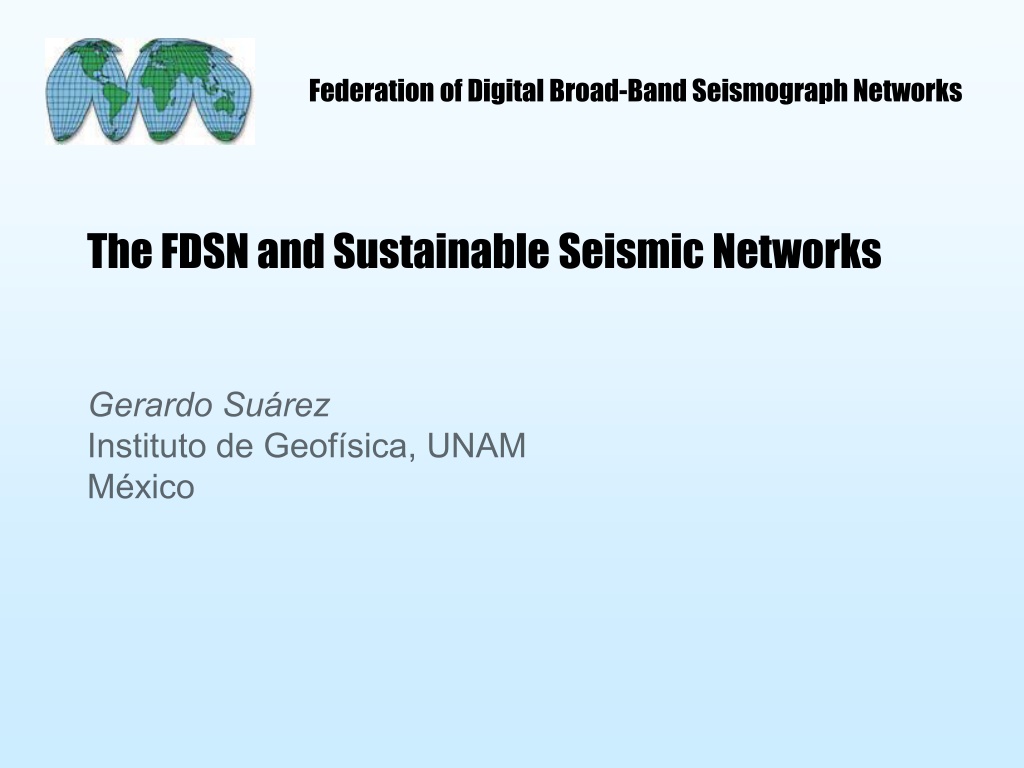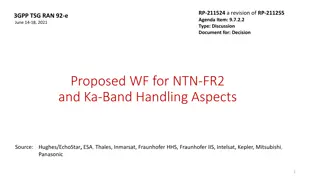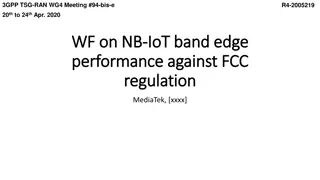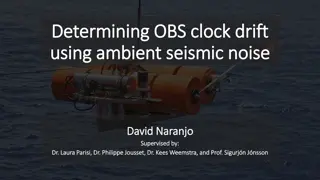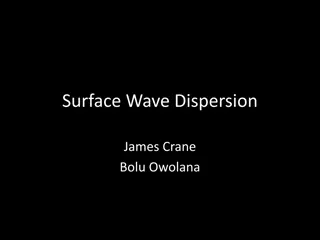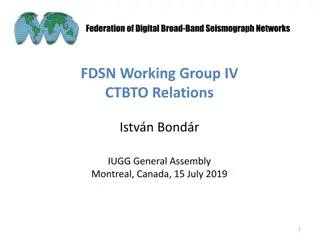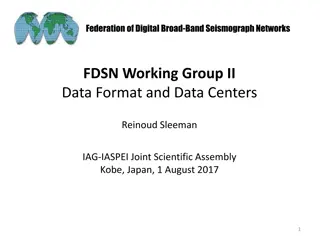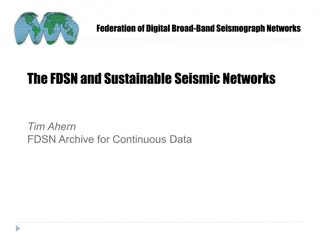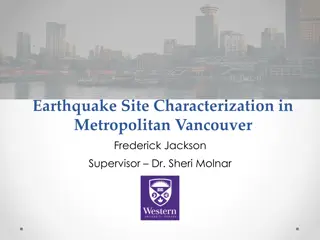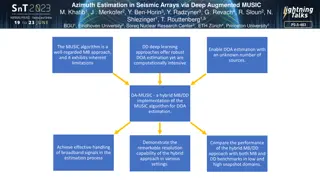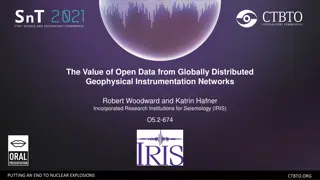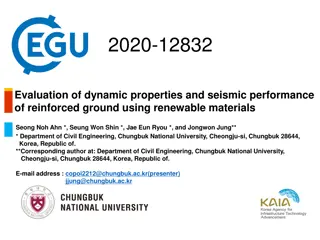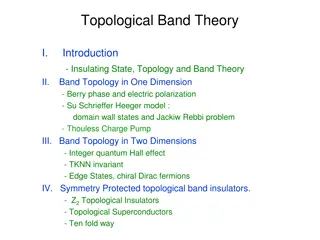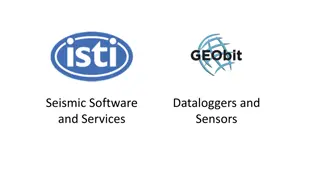Federation of Digital Broad-Band Seismograph Networks: Advancing Global Seismic Monitoring
The Federation of Digital Broad-Band Seismograph Networks (FDSN) was established in 1985 to enhance seismic monitoring capabilities worldwide. FDSN collaborates with national institutions, coordinates new station locations, and promotes standardization of seismic instruments. Despite lacking inter-governmental status and a budget, FDSN operates through member institution support. As of 2007, FDSN boasted 66 member institutions from 53 countries, contributing to a global network of over 2000 broad-band seismic sites. The organization emphasizes site selection, data exchange, and station installation to support various scales of seismic monitoring.
Download Presentation

Please find below an Image/Link to download the presentation.
The content on the website is provided AS IS for your information and personal use only. It may not be sold, licensed, or shared on other websites without obtaining consent from the author. Download presentation by click this link. If you encounter any issues during the download, it is possible that the publisher has removed the file from their server.
E N D
Presentation Transcript
Federation of Digital Broad-Band Seismograph Networks The FDSN and Sustainable Seismic Networks
Federation of Digital Broad-Band Seismograph Networks The FDSN: Origins Founded in 1985 to bring together digital broad- band seismic networks Support national institutions and seismic networks moving into the broad-band seismic technology Coordinate the location of new seismic stations to avoid duplications and promote global distribution FDSN has commission status within IASPEI (International Association of Seismology and Physics of the Earth Interior)
Federation of Digital Broad-Band Seismograph Networks The FDSN: Goals Coordinates site selection, data exchange and instrument standardization Promotes the installation of seismic stations. There are about 2000 broad band sites now; 200 in real time (backbone stations) Promote a variable network geometry approach: local, regional, national, worldwide scales Promotes de the deployment of ocean bottom seimometers
Federation of Digital Broad-Band Seismograph Networks The FDSN: A Unique Organization FDSN does not have inter-governmental status Has no budget No permanent staff Operated by support offered by member institutions
FDSN Membership in 2007 66 institutions in 53 countries Jamaica Japan (ERI & NEID) Kazakhstan Macedonia Malaysia Mexico Netherlands New Zealand Nicaragua Norway Poland Portugal (CGUL & IST) Romania Russia Slovakia Slovenia South Africa Spain Sweden Switzerland Taiwan Tajikistan Thailand United Arab Emirates United Kingdom USA (IRIS, NCSN, PRSN, SCSN & USGS) Uzbekistan Australia Austria Brazil Bulgaria Canada Chile China (CSB & CAS) Columbia (Ingeominas & Osso) Costa Rica Croatia Czech Republic Denmark Ecuador Egypt European Union (ORFEUS) Finland (Helsinki & Sodankyla) France (Geoscope & ReNaSS) Georgia Germany (GEOFON & GRSN) Greece (NOA, Thessaloniki) Hungary Iceland Indonesia Iran Israel Italy (ING-V & OGS) Red indicates countries that have contributed to the FDSN Archive Yellow indicates countries pending FDSN membership approval
Federation of Digital Broad-Band Seismograph Networks Data Distribution Performance Goals
Near Future RT seismic stations for the CTWS http://temblor.uprm.edu/GMap/GoogleEB.html
Planned Seismic and Geodetic Network in Chile
Proposed Expansion of The Mexican Seismic Network
Federation of Digital Broad-Band Seismograph Networks The FDSN Challenges: Encourage and support the development and Implementation of tools for societal benefit: Early damage assessment Tsunami and earthquake warning efforts Shake maps Long-term scientific research Source Characterization
Federation of Digital Broad-Band Seismograph Networks Future Challenges for the FDSN Community: Maintain the current infrastructure Diversify the offer of products and services Improve the coverage of broad band stations Enlarge the number of FDSN members and broad band stations transmitting real time Improve coverage by offering societal advantages Increase the number of broad band stations
Federation of Digital Broad-Band Seismograph Networks THANK YOU!
